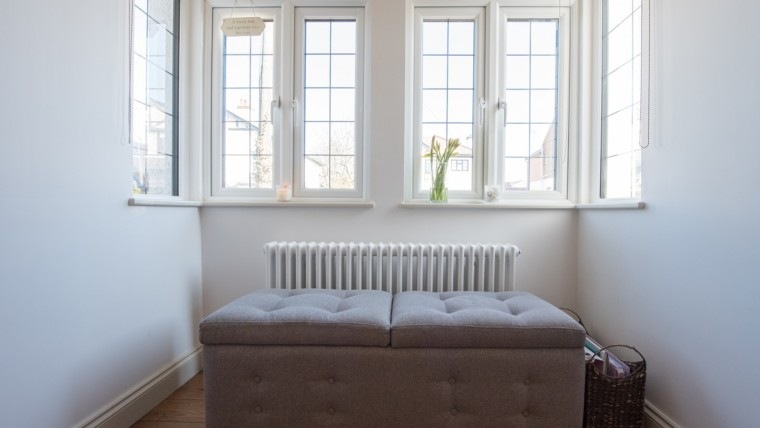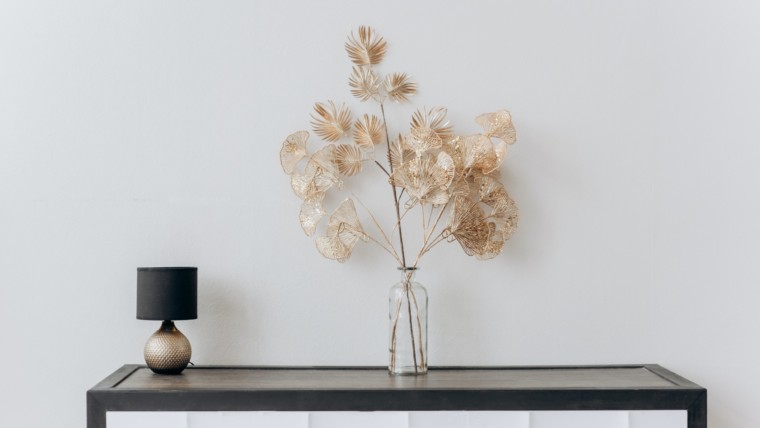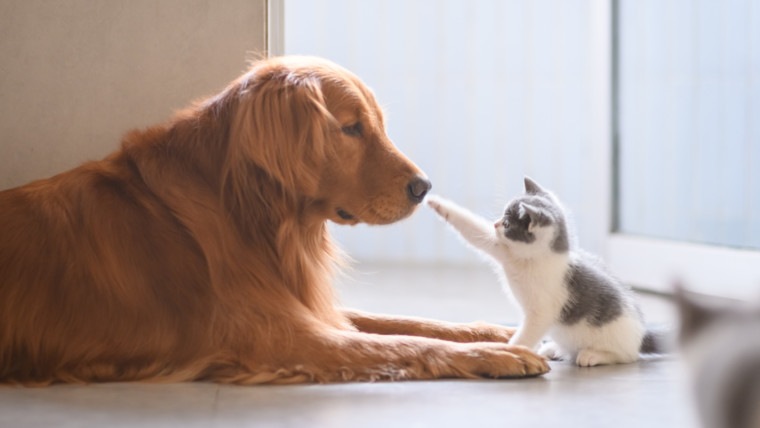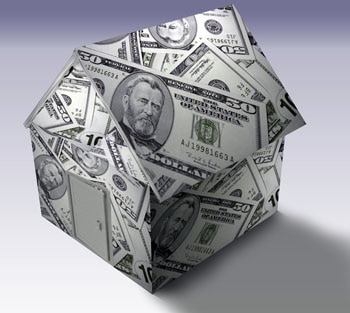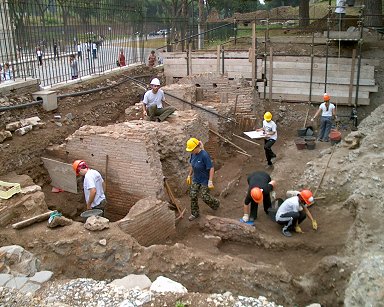
If you’re considering expanding your family, you might be thinking about how having a child will change your life and bring joy to your family. One thing you may not have considered, though, is whether or not your home’s layout and features are safe for children. As a parent, you’ll quickly learn that you’ll do anything – including childproofing – in order to keep your kids safe and sound. Also, keep in mind that it makes sense to make your home safer even if you don’t have kids: you want to keep any child that visits from getting in harm’s way. At the same time, you could save yourself from financial harm – if the child (or for that matter, any visitor) gets injured on your property, you could be legally responsible.
Standard home insurance policies usually can help if you find yourself being blamed for an incident involving an infant or toddler on your property. Two types of protection can address injuries for which you might be held responsible:
- Personal liability coverage. This can help with legal fees and court awards or settlements – up to your coverage limits – if you’re sued because of the accident.
- Medical payments coverage. If no lawsuit is filed, this can help with medical expenses for the injured party – again up to your coverage limits.
But while you do have help in the worst-case scenario, you’ll still want to keep any babies or kids that visit away from dangerous scenarios. That can save friendships, family ties, and money. Check out the following tips for childproofing your home:
The Living Room
- Furniture. Babies bump into things, and when they’re just starting to walk, they fall. Make sure all hard corners – especially those on coffee and end tables – are covered with edge guards. Put up any small knickknacks that could present choking hazards.
- Flat-screen televisions and bookcases. Babies pull up using anything they can grab. Make sure these items are anchored to a wall so they won’t topple onto the baby.
- Electrical outlets and cords. Use safety plugs or outlet covers to block access to electrical outlets. Place electrical cords behind furniture.
- Blind cords. Tie or cut them to prevent the child from getting caught in or pulling them.
The Kitchen
- Keep appliances back. Keep mixers, can openers, coffee grinders, and other small appliances along the back of counters, out of reach of toddlers and infants.
- Cabinet locks. This is a must, particularly for under the sink. This keeps the baby away from potentially poisonous cleaning products. You also need them for the drawers in which you store knives and scissors. Just in case, the number for the National Poison Control Center is 800-222-1222.
- Burners and pans. Use the back burners whenever a child is in the house. Keep handles for pots and pans turned away from the front of the stove. Oven locks also are helpful to prevent burns.
- Move pet bowls. Dog or cat kibble presents a real choking hazard. Only put bowls with kibble out during specified feeding times.
- Take out the garbage. At least take out the garbage can. It’s full of, well, garbage, including sharp can lids, plastic bags, and bones.
The Bathroom
- Turn down the water heater. Set your water temperature at 110 degrees. That’s hot enough to clean without scalding. Always check the temperature before putting the baby in the bathwater.
- No standing water. Babies will play in water. Don’t leave water standing in tubs or sinks. Install and use toilet lid locks.
- Cabinet locks, again. Keep medicine – prescription and over-the-counter – out of the infant’s hands.
- Hair dryers, flat irons and curling irons. Put them away when you’re not using them. All can burn a baby, plus each has cords that can pose strangulation risks.
Upstairs
- Gates. If you have stairs, then you need gates. You should block the baby from the bottom of the staircase as well as the top.
- A clear path. Keep clutter off stairs. When you’re carrying a baby, the last thing you want to do is trip over toys or other items left on steps.
The Bedroom
- Clear the crib. Don’t put blankets, pillows, bumpers, or stuffed animals in it. All can suffocate a baby.
- Get a toy box without a lid. Otherwise, there’s a danger of the baby smashing his fingers.
- Do install a monitor. Use a cordless monitor, if possible.
Why You Should Do It Now
If you have a child, it’s self-explanatory. If one’s on the way, it’s a good idea to get used to the notion of staying vigilant against threats to the baby’s health. Even if you don’t fall into one of those categories, you could have friends or relatives with babies, and you never know when the friend will want to show off Junior in your home. If your children are grown, prepare for grandchildren.
Babies are precious, and so is their health – keep them safe by following these tips to childproof your home. Your home insurance can help if a visiting baby is hurt, but who wants to have to file a claim for a baby’s injury? Staying claims-free is always a terrific goal – you’ll keep your premiums down and you won’t have to live with the guilt that comes with an injury to an infant in your house.
Arthur Murray graduated with a bachelor’s degree in journalism from the University of North Carolina at Chapel Hill. He is the lead editor of Square One, The Homeowner’s Blog.
HomeInsurance.com is an online insurance resource for homeowners and drivers across the country. Offering comparative homeowners and automobile insurance rates, consumers rely on HomeInsurance.com for the most competitive rates from the top-rated insurance carriers in the country. The HomeInsurance.com blog provides fresh tips and advice on a range of financial topics to help homeowners and homebuyers make educated decisions about their insurance purchases.



